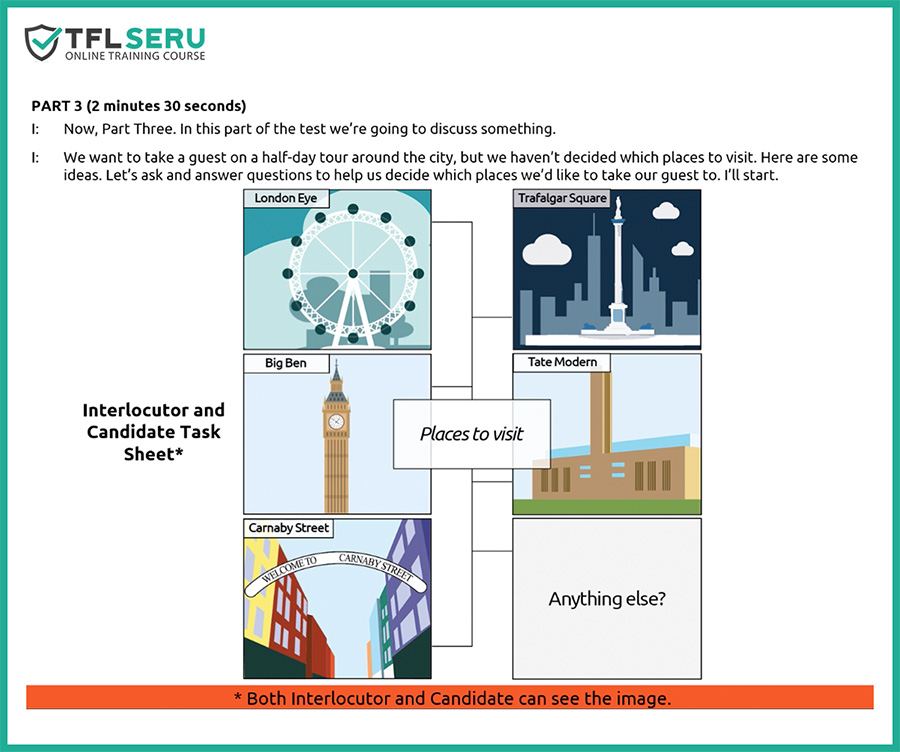Update 02/03/2024: Great news! We’ve launched our online course for the TfL Speaking & Listening Test. Check it out, we’re doing a launch offer, 8 weeks access for just £19.99!
For the Private Hire Drivers who completed their English language requirement in time, and it has been accepted by TfL, there will be no need to do a further speaking and listening test with TfL, although they will still need to complete the SERU Assessment by 31 March 2025. If you want to find out more about the SERU deadline and dates, please check out our blog.
If you submitted your English language requirement late (after 30 September 2021) or your evidence was not accepted by TfL, you will need to complete both the SERU assessment and TfL speaking and listening test. And for all new applicants for a Private Hire drivers licence the requirement is that you complete both the SERU assessment and speaking & listening test.
The previous English Language Requirement by TfL has now been replaced by the SERU assessment which covers the Reading and Writing portion and the Speaking and listening test covers the rest.
Information on the TfL Speaking & Listening Test
Just like the SERU assessment the cost for the Speaking and Listening test with TfL is £36 and you get the opportunity to re-sit once for £16 if you fail the first time. You only get 2 chanced to pass.
The Speaking and listening test is held at a TfL office and will be done over a secure video or telephone link with another company called PeopleCert’s.
Speaking & Listening test for Private Hire Drivers – Breakdown
- The speaking and listening test will take around 15-20 minutes to complete.
- The pass mark is 60/100 (60%)
- There are 5 parts which we will breakdown below
5 Parts of the TfL Speaking & Listening Test
1. First the examiner will have a conversation with you and ask you questions about your personal information, like “what’s your name?” Then you will need to talk about the 4 subjects mentioned by the examiner. For example, “The internet, how often do you use the internet?” or “Subject Food, what did you have for breakfast?”. These will be short discussions on the subject, you will be asked one question per subject, and you can answer with one sentence.
2. The second part will be a situational role play, the examiner will again use 4 situational subjects to make conversation, for example, “I’m a waiter in a café you’re not happy with the food” – You will need to role play and pretend to speak to the “waiter” to tell them you are unhappy with the food. The examiner will pretend to be the waiter.
3. Part 3 of the speaking and listening test involves a discussion with the examiner based on images presented to you. Using the information on the pictures the examiner will make conversation and you will continue the conversation using other images presented.

4. In The fourth part the examiner will read out a paragraph which you must listen to. You will be presented with 3 questions that you will need to answer based on what you have listened to. You need to take a note of the potential answers, you will be given a pen and paper for this. After the examiner finishes reading out the paragraph, you will need to verbally provide answers for the 3 questions.

5. The fifth and final part involves you talking for about 1 and half minutes on a topic presented to you by the examiner. For example, what is your favourite movie? They will give you half a minute to take notes of things you want to talk about. The examiner may ask you questions based on the things you mention when talking. For example, they may ask “where do you like to watch films?” or “Is there a type of movie you do not like?”
You can find lots of helpful preparation material on PeopleCert’s website and TfL recommends you review the information provided to help you prepare for the TfL speaking and listening test.
If you prepare and practice, you should be able to easily pass the TfL speaking and listening test. Just remember to be confident in your own abilities.


